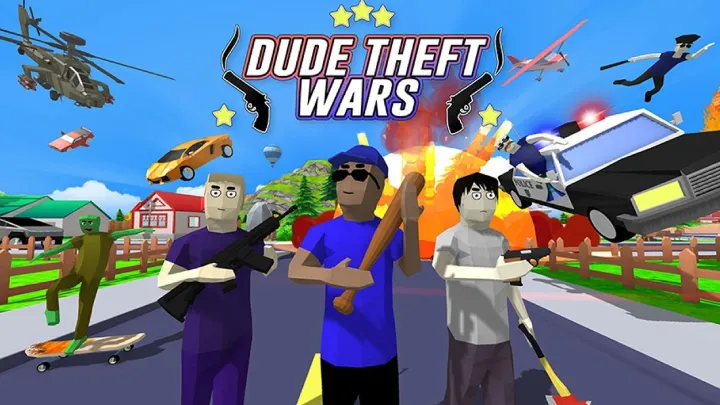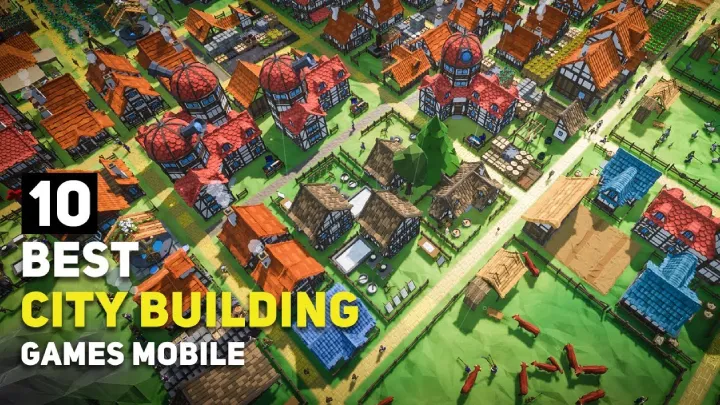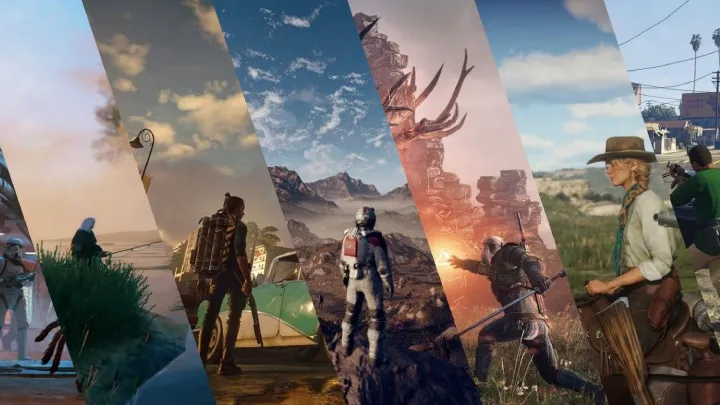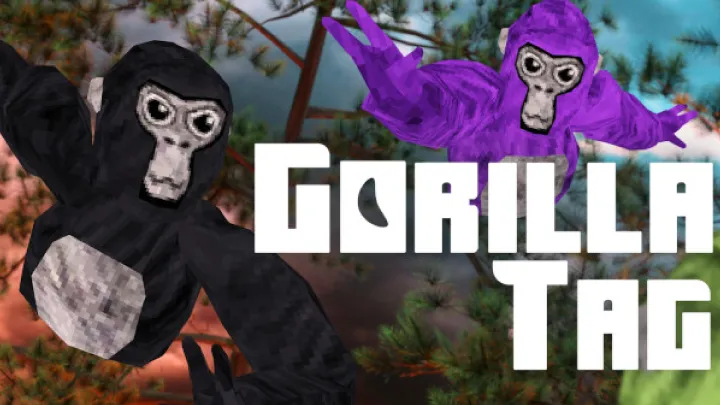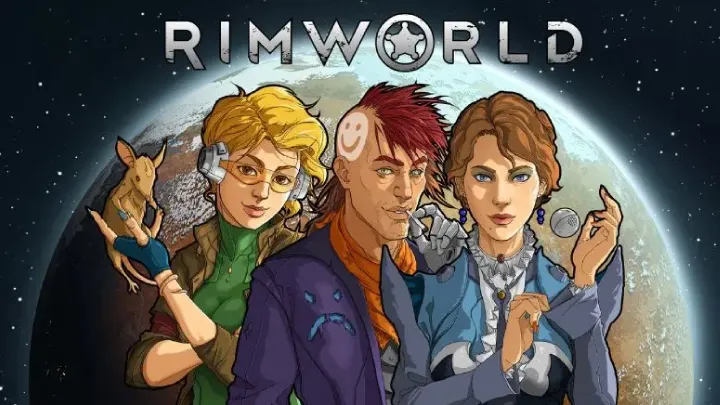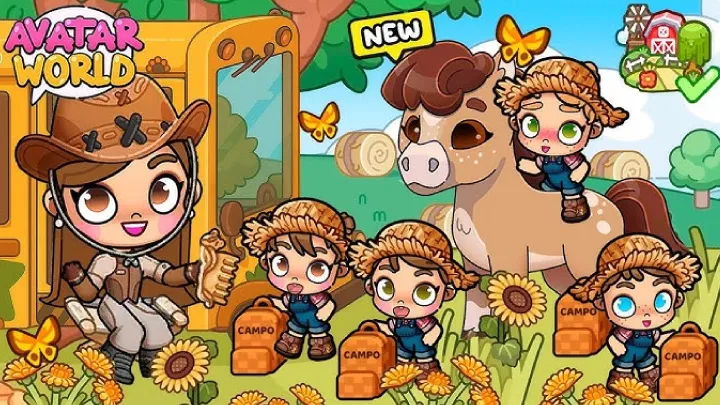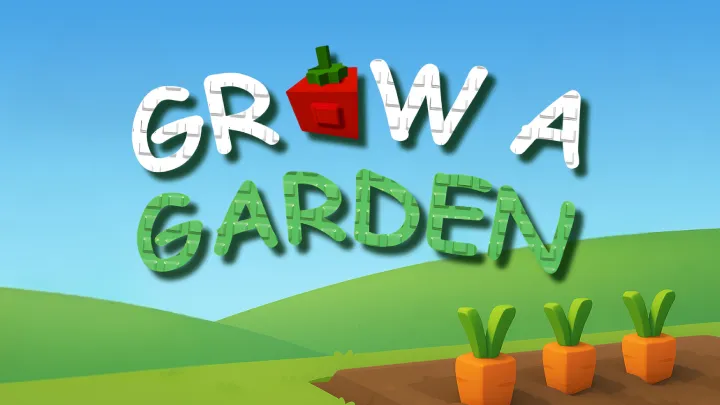Survival games thrive on tension, strategy, and adaptation. Each entry in the genre has its own design philosophy, whether it’s infinite creativity, harsh wilderness conditions, or raw player-versus-player combat. In this article, we examine the top 5 survival games, looking closely at their defining features and systems that set them apart in the survival gaming landscape.
1. Minecraft: Survival Mode
One of the most influential survival experiences of all time, Minecraft’s Survival Mode is built around resource collection and infinite creativity. The feature that makes it stand out is the procedurally generated world, where no two landscapes are ever the same. Players start with nothing, forcing them to punch trees, gather basic materials, and slowly progress to advanced crafting and enchantments.

Another defining feature is its day-night cycle. The daytime offers opportunities for exploration and gathering, while nighttime unleashes hostile mobs such as zombies, skeletons, and creepers. This duality forces players to manage both immediate safety and long-term goals.
Minecraft also integrates Redstone mechanics, enabling advanced players to create functioning machines, traps, and automated systems. Survival becomes not just about staying alive but also about building a self-sustaining world.
2. Don’t Starve Together
This cooperative survival game brings an unusual blend of art direction and mechanics. Its most distinct feature is the triad of survival metrics: hunger, health, and sanity. While hunger is a standard survival mechanic, the inclusion of sanity introduces psychological tension. Hallucinations begin to manifest if sanity drops too low, eventually becoming lethal threats.
The crafting system is another core feature, offering players tools, clothing, and even magical items. What makes it unique is how crafting integrates with seasonal changes and biomes. Players must adapt to harsh winters, scorching summers, and unpredictable weather, making long-term planning essential.
Equally important is its multiplayer design. Unlike many survival titles that focus on solo play, Don’t Starve Together is engineered around cooperation, resource sharing, and role specialization. Success often depends on how well players complement each other’s strategies.
3. ARK: Survival Evolved
ARK: Survival Evolved distinguishes itself with its prehistoric setting. Its most famous feature is dinosaur taming and riding, where players can transform hostile beasts into allies, mounts, and even guardians for their settlements. Each dinosaur comes with unique abilities—some excel at combat, others at harvesting resources or transporting items.
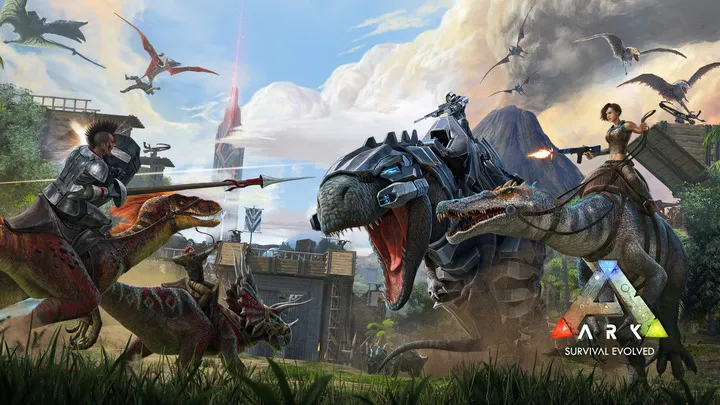
The game also emphasizes tribe systems in multiplayer. Groups of players can form tribes to pool resources, share tamed dinosaurs, and defend their territory. This adds a layer of political and social strategy uncommon in survival games.
Finally, ARK includes a detailed technology progression system, starting with primitive tools and advancing to firearms, metal bases, and even futuristic tech. This sense of technological evolution provides long-term goals, giving the survival loop more depth.
4. The Forest
Blending survival and horror, The Forest introduces features rarely seen in the genre. The most striking is its enemy AI system. The cannibal tribes on the island do not blindly attack; they scout, observe, and even retreat depending on the player’s behavior. This creates an atmosphere of unpredictability where encounters feel dynamic rather than scripted.
Base-building is another prominent feature, offering players the ability to construct shelters, traps, and fortifications. The survival mechanics tie directly into the horror theme—players must secure food, defend against raids, and expand their living space while slowly uncovering the story of the island.
Additionally, The Forest intertwines its narrative with exploration. Clues scattered across caves and landmarks reveal the mystery of the missing passengers and the sinister forces at work. Few survival games integrate story and mechanics as tightly as this one.
5. Rust
Rust is often regarded as the most unforgiving multiplayer survival game, and its defining features revolve around player interaction and conflict. Unlike most survival titles where nature is the primary threat, here it is other players. Every encounter can mean cooperation, betrayal, or death.
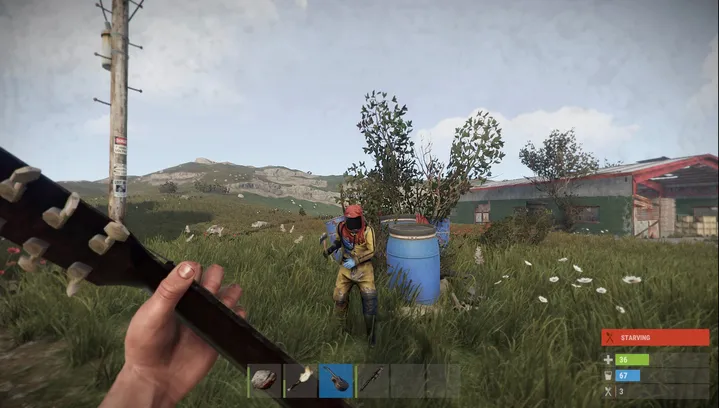
Its base raiding system is a cornerstone mechanic. Players build fortresses to protect their resources, while others plan coordinated attacks to break in. The arms race between builders and raiders creates a constantly shifting balance of power.
Another key feature is its realistic survival meters, including hunger, thirst, and exposure to temperature. Combined with its open-world PvP structure, survival in Rust is never just about resource management but also about social dynamics and territory control.
Conclusion
The survival genre thrives on diversity, and these five games exemplify how different features define the experience. Minecraft emphasizes creativity and exploration, while Don’t Starve Together focuses on psychological tension and cooperation. ARK adds prehistoric fantasy through dinosaur taming and technological progression. The Forest merges horror with dynamic AI-driven survival, and Rust centers on brutal, competitive multiplayer ecosystems.
Each title pushes the genre in a different direction, proving that survival is not just about staying alive—it’s about adapting to unique systems, mechanics, and worlds that challenge players in unexpected ways.









